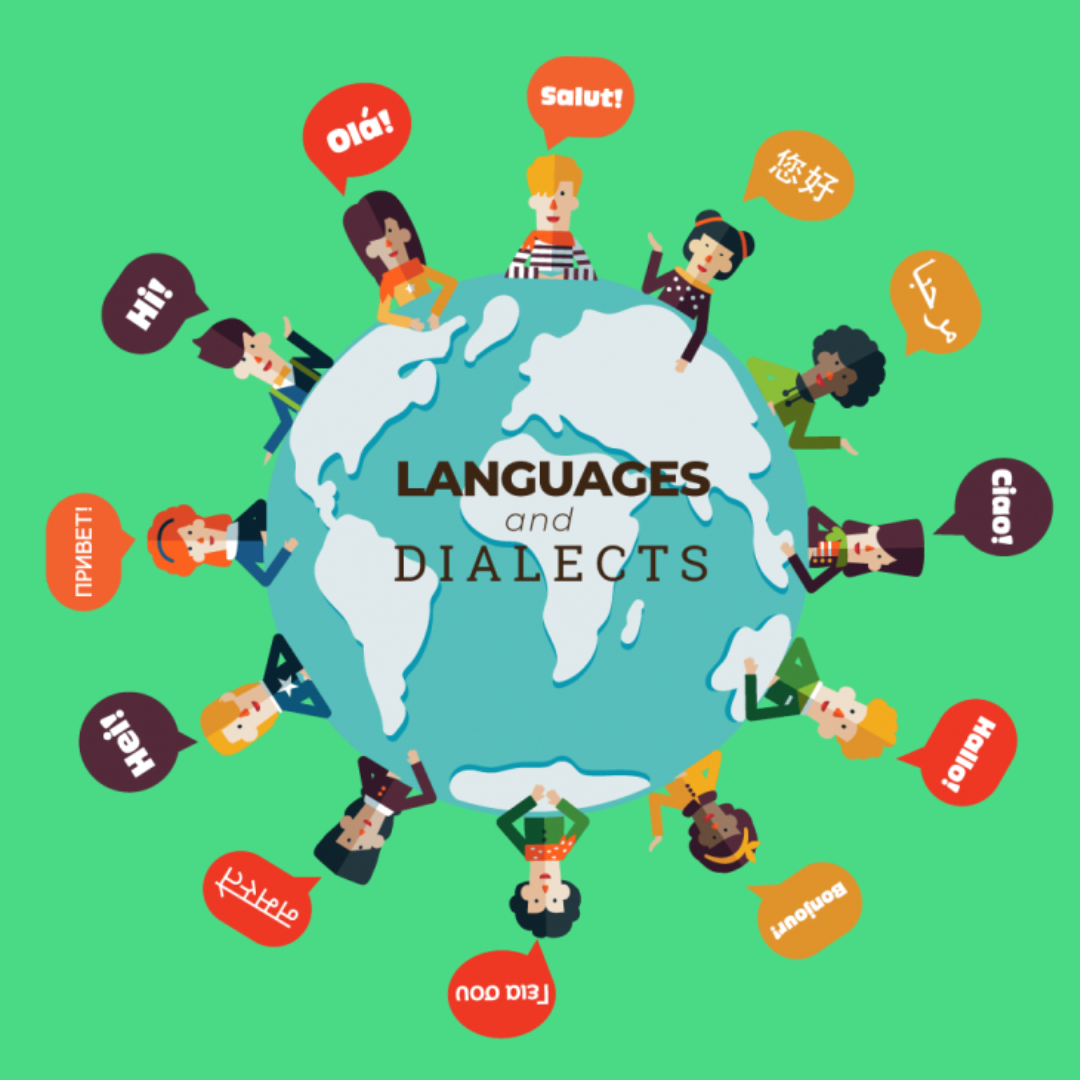The localization of video games is a complex process that is not limited to the simple translation of words. It involves the adaptation of video games to different languages and cultures, bringing users around the world closer to the gaming experience. Throughout the history of video game localization, there have been several fascinating cases of translation that show the challenges and creative solutions employed by various teams, especially when it comes to the issue of dialects and regional accents, which offer countless food for thought.
Embracing dialects and regional accents

Localization involves not only the translation of the game text, but also its adaptation to different cultures and languages. One aspect that adds depth and authenticity to game characters is the use of regional dialects or accents. Translating these dialects effectively requires careful consideration to maintain the character’s personality and cultural authenticity. Localization teams employ various methods to handle the translation of dialects so that players can connect with the characters in an engaging and relatable manner. In the localization of the Grand Theft Auto series, for example, the protagonists of the different regions speak with distinct dialects, such as the Cockney accent in the British version. The localizers carefully adapted these accents, employing appropriate solutions in the different language versions, to ensure that players could connect with the characters in an understandable way.
The literal translation
In some cases, localization teams choose to translate the dialect literally, with the aim of conveying the character’s regional way of speaking as accurately as possible. This method involves analysing the phonetic and grammatical aspects of the dialect and searching for equivalent dialect features in the target language. By preserving the distinct linguistic elements, players can experience the character’s unique voice and cultural background. However, this approach may require additional context or explanations for players who are less familiar with the specific dialect.
Adapting regional accents
Another method consists of adapting regional accents for the target audience while maintaining the character’s attitude. This approach recognises the difficulties of translating specific dialect features that may not have an exact equivalent in the target language. Instead, localization teams focus on capturing the essence of the accent through phonetic modifications or alterations in the way of speaking. This ensures that players can identify the character’s regional background and adds an authentic touch to the game’s dialogue.
Balancing accessibility and authenticity
When it comes to dialect translation, a crucial consideration for localization teams is to strike a balance between accessibility and authenticity. While maintaining the character’s regional identity is important, it should not hinder players’ understanding or create barriers to understanding the game’s dialogue. Adaptations may be necessary to ensure that players can follow the story and dialogue without struggling to decipher heavily accented or dialectal speech. It’s crucial to strike the right balance between maintaining character authenticity and ensuring an enjoyable gaming experience.
Localization is a crucial process for cultural understanding!
Video game localization is an art that goes beyond simple translation and requires an understanding of cultural nuances, wordplay and humour. The cases discussed above demonstrate the complexities involved in adapting games to different languages and cultures, ensuring an immersive and exciting experience for gamers. As video games continue to reach a global audience, localization will remain a crucial process that will always foster cultural understanding, allowing players around the world to enjoy the magic of gaming in their own language. For these important reasons, GLOS offers a course in video game localization, in order to become part of the Game Industry.





